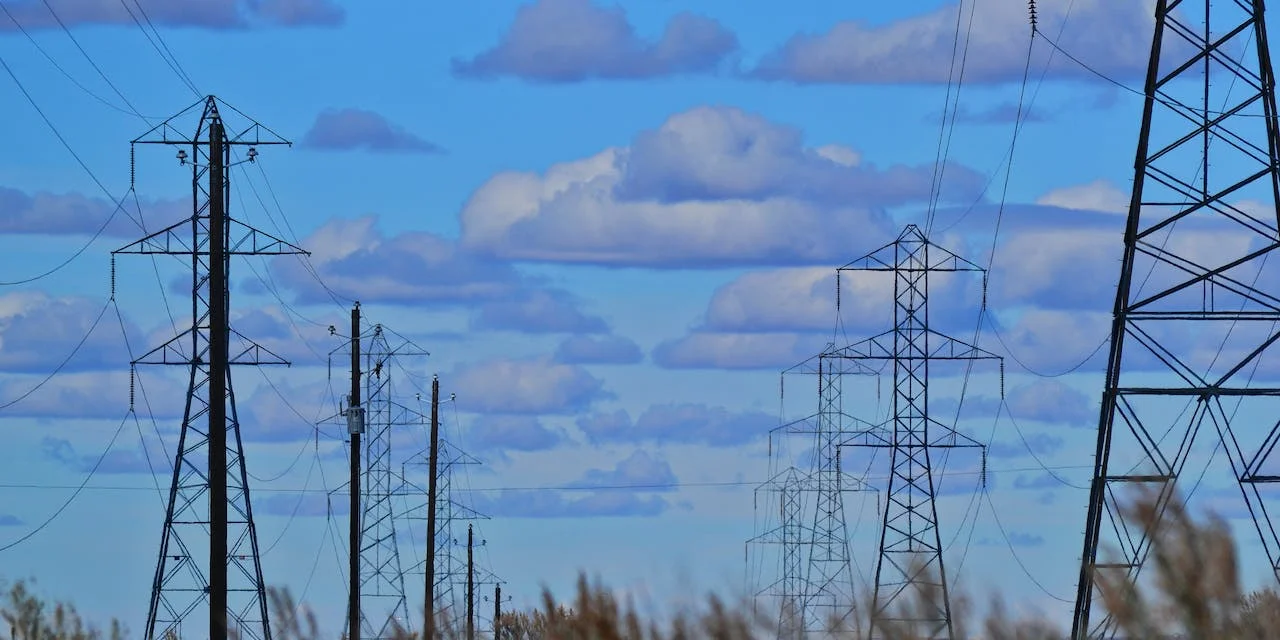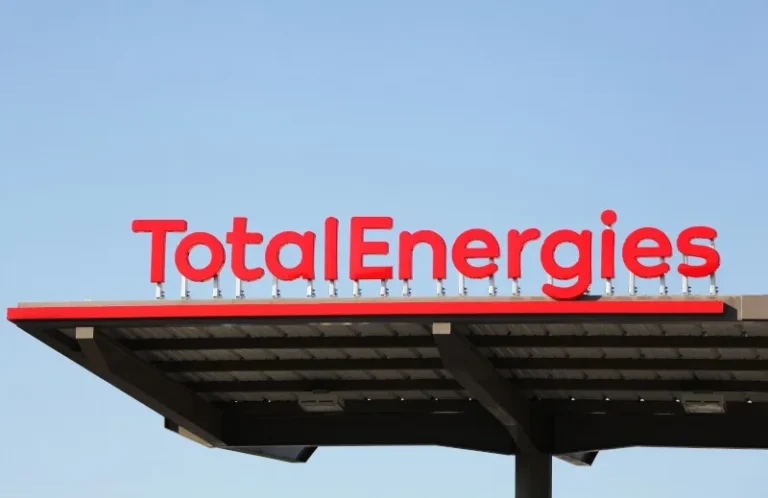
Duke Energy Carolinas will implement new rates for North Carolina customers on Jan. 15 as approved by the North Carolina Utilities Commission (NCUC).
Rates for North Carolina customers will remain well below the national average, even after Duke Energy Carolinas completes approximately $7.7 billion in upgrades to make the electric grid more resistant to outages and enable faster power restoration.
And as in its Duke Energy Progress order issued in September, NCUC approval covers multiyear rates, along with incentives and penalties to hold the utility accountable for reliability and other performance metrics.
“We’ve made significant infrastructure upgrades in recent years to meet customer needs and expectations,” said Kendal Bowman, Duke Energy’s North Carolina president. “This commission order enables us to continue meeting the energy demands of a growing region while limiting annual rate increases and giving customers more cost certainty.”
Rate changes start Jan. 15
After extensive evaluation since the rate review was requested last January, along with constructive settlements with the NCUC Public Staff and other parties, the NCUC approved a net increase in retail revenues in year one of about $436 million (8.3%), followed by $173 million (3.3%) in year two and $165 million (3.1%) in year three.
Customer bills already reflect an interim rate adjustment implemented Sept. 1. Accounting for that, beginning Jan. 15, the change from current rates for a typical residential customer using 1,000 kilowatt-hours (kWh) per month will be an increase of $10.04, from $130.29 to $140.33 per month, followed by a $4.19 increase on Jan. 1, 2025, and a $4.10 increase on Jan. 1, 2026, for a total of $148.62 by 2026.
According to the Edison Electric Institute, the national monthly average for typical residential customers was $171.67 as of Jan. 1, 2023, before other utilities go through their own rate adjustments.
The full NCUC rate review order can be found here. Duke Energy Carolinas serves about 2 million households and businesses in central and western North Carolina, including Charlotte, Durham and the Triad.
Help for low-income customers
The NCUC ordered Duke Energy Carolinas to establish a Customer Assistance Program (CAP) that reduces bills for the utility’s most vulnerable customers through a $42 monthly credit for 12 months. Customers helped by the Low-Income Energy Assistance Program (LIEAP) or the Crisis Intervention Program (CIP) – federally funded initiatives for those at or below 130% and 150% of the poverty level, respectively – will be automatically enrolled in CAP beginning this month in partnership with the North Carolina Department of Health and Human Services.
Duke Energy will also refer CAP customers to weatherization and energy efficiency services that can help provide long-term solutions to reduce energy usage. As part of a settlement in the rate cases for both Duke Energy Carolinas and Duke Energy Progress, Duke Energy shareholders will contribute $10 million for health and safety repairs that would otherwise prevent low-income customers from qualifying for weatherization and other energy efficiency improvements. Duke Energy shareholders are contributing an additional $6 million to the Share the Light Fund® in support of North Carolina customers.
New options for all customers
For all customers, Duke Energy Carolinas has also established new time-of-use rate options and energy efficiency programs to help lower their costs and reduce energy use:
- Time-of-Use rates incentivize customers to shift electricity use to periods of low energy demand. Simple examples include running a dishwasher overnight or doing laundry on weekends; options are available for commercial and industrial customers as well. More detail can be found at duke-energy.com/NewRatesNC.
- A Tariff on Bill program called “Improve & Save” will enable residential customers – owners and renters – to pay for energy efficiency upgrades through their Duke Energy bill. The program will incentivize customers to replace inefficient electric HVAC systems or insulation in a manner that ensures their annual savings are greater than the monthly cost of the upgrades – improving their service while lowering their bill. The program is expected to launch in first quarter 2024, and a dedicated webpage for the program is coming soon.
“Our goal with these programs is to help offset the rate increase as much as possible by giving customers more control over their energy use,” said Bowman. “The programs are designed to reduce costs across the entire system, benefiting all customers.”
Holding the utility accountable for reliability, renewables goals
As in the Duke Energy Progress order, another new aspect of this rate approval is the implementation of performance incentive mechanisms (PIMs). First allowed by North Carolina’s clean energy legislation (HB951), PIMs advance state policy goals through financial incentives and penalties that encourage utility performance in areas of shared interest with customers.
Following settlements with various participants in the rate review process, the NCUC approved three PIMs with annual incentives that grow up to $15 million in potential rewards as well as $15 million in potential penalties for Duke Energy Carolinas across three areas:
- Reliability – holds the utility accountable to maintain expected levels of reliability through graduated penalties that would be distributed to customers if reliability dips below target levels.
- Renewables Integration and Encouragement – encourages adoption of clean energy resources across three categories:
- DER Integration – advances net energy metering (NEM) distributed energy resources (DERs), which allow customers to access zero-emissions generation – such as rooftop solar – at their homes and businesses, reducing their electricity consumption from the grid.
- Large Customer Renewable Program Encouragement – supports large commercial and industrial customers, educational institutions and local governments that have clean energy goals and want access to renewable energy.
- Utility-Scale Interconnection – incentivizes solar and solar-plus-storage interconnections above the estimated annual amounts in Duke Energy’s Carbon Plan.
- DER Integration – advances net energy metering (NEM) distributed energy resources (DERs), which allow customers to access zero-emissions generation – such as rooftop solar – at their homes and businesses, reducing their electricity consumption from the grid.
- Time-Differentiated and Dynamic Rate Enrollment – encourages the utility to create and gain approval of innovative rate designs and increase customer participation in existing rates that are designed to reduce system peak load.
A new page on Duke Energy’s website allows monitoring of these PIMs as well as other tracking metrics related to customer service, reliability and electric vehicle integration.
Duke Energy Carolinas
Duke Energy Carolinas, a subsidiary of Duke Energy, owns 19,500 megawatts of energy capacity, supplying electricity to 2.8 million residential, commercial and industrial customers across a 24,000-square-mile service area in North Carolina and South Carolina.











